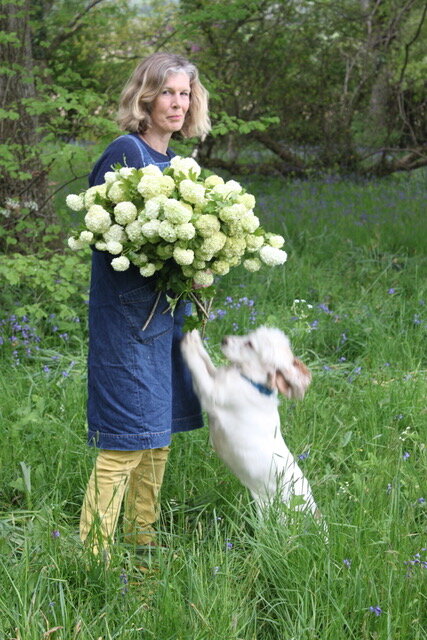Growing Wild
More than two decades ago I turned from simply writing about gardens and the environment to doing something practical, transforming an impoverished five acre field into an organic cutting garden, The Real Cut Flower Garden. After years trying out and observing hundreds of different flowering plants, I became increasingly obsessed about how things grow, when and how they do best, what makes the difference, and how we can grow sustainably in this era of climate change.
After ten years I moved to a different site, allowing further observation and experimentation. Every garden brings different challenges and moves have provided me with practical experience of the most sustainable methods of growing wilder in different situations. The relationship of a gardener to their piece of land is key, you will get to know it better than anyone and will see how positive choices and management bring joy and health to the plot and to yourself.
The ground rules, soil is the top consideration and whatever soil you start with it is possible to manage it with minimal weeding or watering given appropriate planting and management. Plant according to plant preferences and what your garden offers rather than starting with a wishlist of specific plants. Grow subjects that absolutely suit the environment, planning for resilience. Each year there will be surprises as more wildflowers drift in to the mix, some plants may disappear and others spread with the help of weather, birds and small creatures.
I am particularly interested in grass maintenance, when to mow, when to leave, how to introduce wild species and how to ensure these flourish and multiply..
In my own gardens I have seen hedgehogs and grasssnakes, stoats and weasels, voles and thousands of different insects. Birdsong was wonderfully deafening in my large Dorset garden and a great joy in May 2023 was hearing turtle doves in a small patch of woodland, for the first time.
There is huge joy in creating a garden that delights the senses while knowing it is doing as much as it can for biodiversity and our future.










